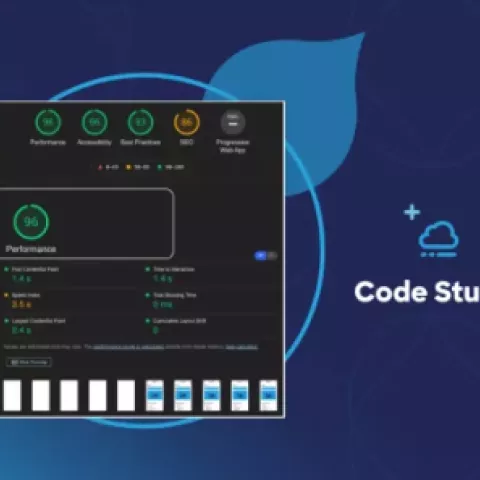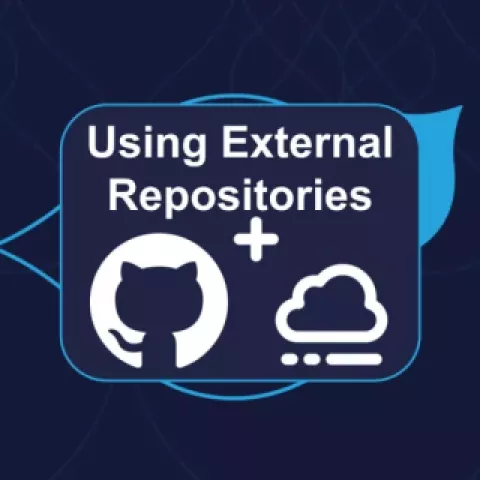Articles, Blogs and Tutorials
Blogs and Tutorials
Code Studio Integrating Lighthouse Testing Suite
Learn how to use Acquia Cloud, our CDEs, and Code Studio to run Lighthouse CI automated tests in our Drupal specific CI/CD build process.
Considerations when Integrating External Repositories with Acquia Code Studio
Acquia's Code Studio significantly improves the development process for Drupal users on Acquia by using Gitlab’s CI/CD tools, expecially for Drupal projects.
Crafting Code and Casting Lines: Exploring the Unexpected Harmony Between Fly Fishing and Drupal
I've stumbled upon an enchanting connection that bridges the gap between the serene pastime of fly fishing and the open-source world of Drupal.


